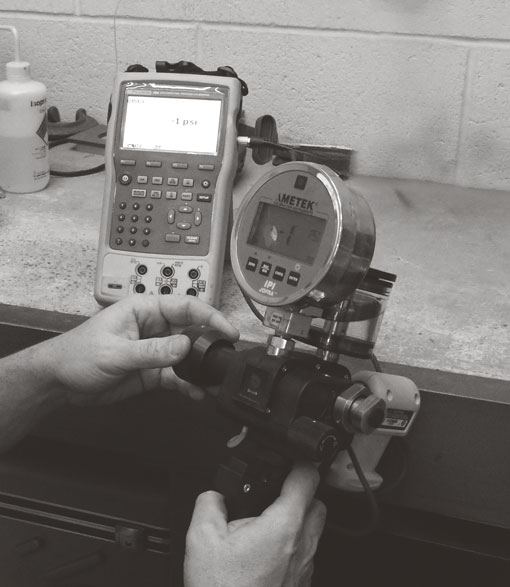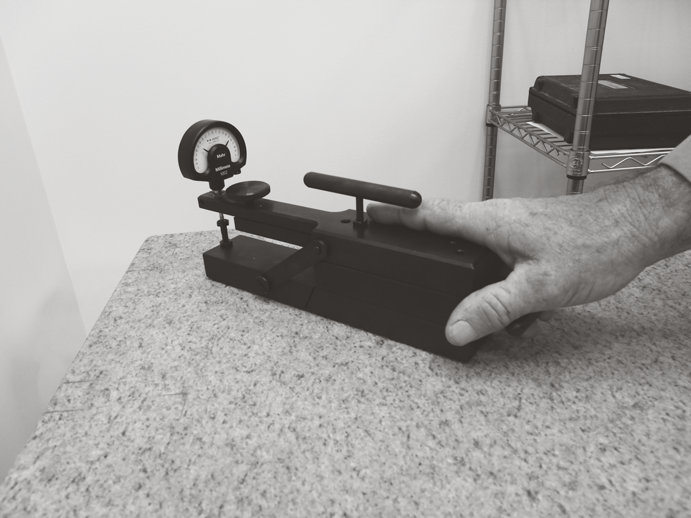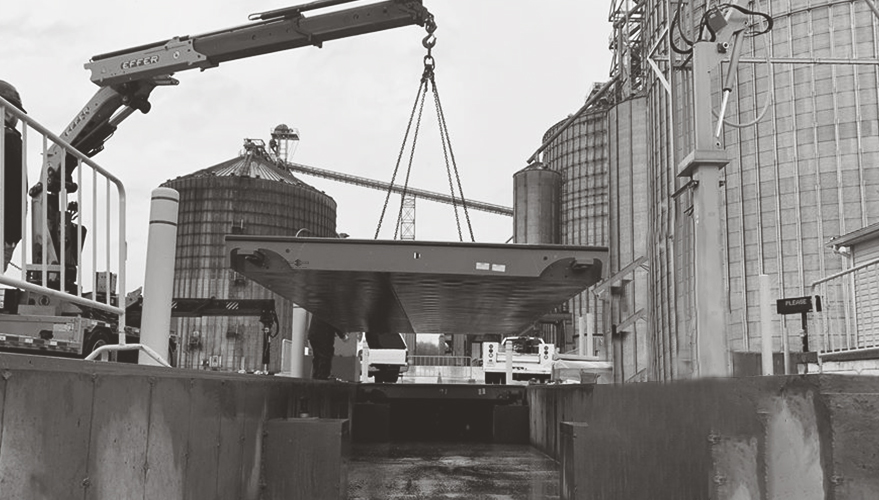Analog Vs. Digital Load Cells
 One common question when evaluating weighing systems is the difference between analog and digital load cell technologies. While both use strain gauges to measure force, the key difference lies in how the weighing signal is processed. Digital load cells use built-in microprocessors to immediately convert the signal from the strain gauge into digital data directly at the individual load cell. Analog load cells, by contrast, sum the raw voltage signals in a junction box and process the result at the terminal.
One common question when evaluating weighing systems is the difference between analog and digital load cell technologies. While both use strain gauges to measure force, the key difference lies in how the weighing signal is processed. Digital load cells use built-in microprocessors to immediately convert the signal from the strain gauge into digital data directly at the individual load cell. Analog load cells, by contrast, sum the raw voltage signals in a junction box and process the result at the terminal.
It’s also important to distinguish between digital load cells and digital weighing systems. While all digital load cells are part of a digital weighing system, not all digital systems use digital load cells. In some setups, analog load cells are still used, and the signal is only converted to digital later in the junction box. These systems may offer certain improvements over fully analog setups, but they do not provide the full benefits of true digital load cell technology.
This difference in processing offered by a true digital load cell affects three main areas: signal strength, signal content, and data sample rate. As a result, digital load cells provide more stable readings, improved accuracy, and better overall system performance in a variety of industrial environments.
Signal Content
An analog system’s signal consists solely of raw voltage from the load cell’s strain gauge. This voltage travels through each load cell’s cable to an analog summing box, where it is combined with signals from other cells and then sent through the homerun cable to the terminal.
In contrast, digital systems convert each load cell’s signal into binary data. Because binary data is not affected by radio frequencies, electrical noise, temperature changes, or other environmental factors, the signal stays more stable and is less likely to cause weighing errors. Since each digital load cell processes its own data, the signal can also include additional information, such as maintenance alerts or individual cell failures.
Signal Strength
When comparing the two technologies, digital load cells send a stronger signal. This is possible because they aren’t limited by the low voltage output inherent in strain gauges. By converting the signal to digital data earlier, they can transmit to the terminal at a higher voltage.
Digital load cells typically use a signal range of 2 to 6 volts, making them more stable and less prone to interference. In contrast, analog load cells transmit signals at around 0.03 volts, leaving them far more susceptible to fluctuation and electrical noise.
Data Sample Rate
The data sample rate refers to how often a load cell sends weight information to the terminal. Analog load cells provide continuous, real-time weight signals to the terminal. Digital load cells send weight data in bits, many times per second.
Although the continuous signal from analog cells may seem superior at first glance, digital cells have an advantage due to the consistency of their data stream. Digital systems are capable of advanced filtering at the load cell itself, which helps ensure steady, accurate weight data is transmitted to the terminal. In contrast, analog systems continuously send multiple independently fluctuating signals, which can introduce more variability into the final weight reading.
Other Modern Features Available with Digital Cells
In addition to signal-related advantages, digital load cells offer several modern features thanks to their ability to convert weight data at the cell level. These include advanced system configurations, cell-level diagnostics, and factory-programmed, recallable calibration settings. One of the most advanced digital load cells on the market is the POWERCELL PDX, manufactured by METTLER TOLEDO, which takes full advantage of these possibilities.Advanced System Configuration
POWERCELL PDX offers several unique benefits, but two features stand out:- Hermetically-Sealed Design: Each load cell is completely submersible, with a hermetically-sealed housing and glass-to-metal connections that protect internal components from moisture and harsh environments.
- Modern Daisy-Chain Configuration: Rather than relying on analog-style junction boxes, which are a common point of failure, POWERCELL PDX is connected in a simple daisy-chain configuration. This streamlined design reduces failure risk, simplifies troubleshooting, and cuts down on installation and maintenance time.
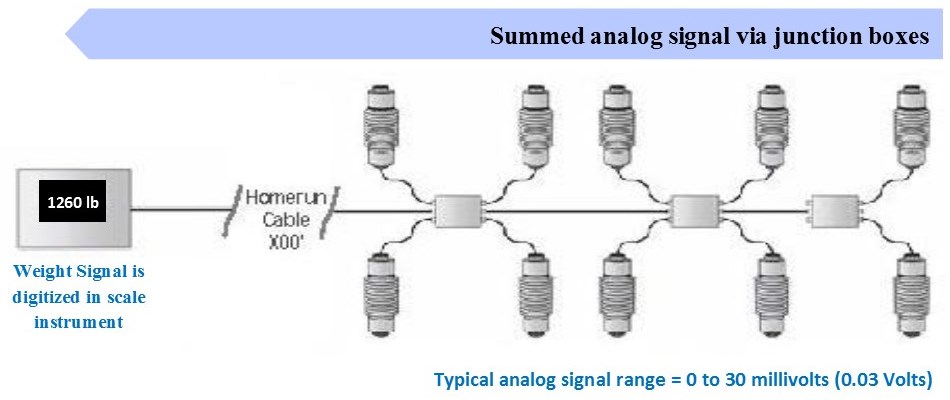
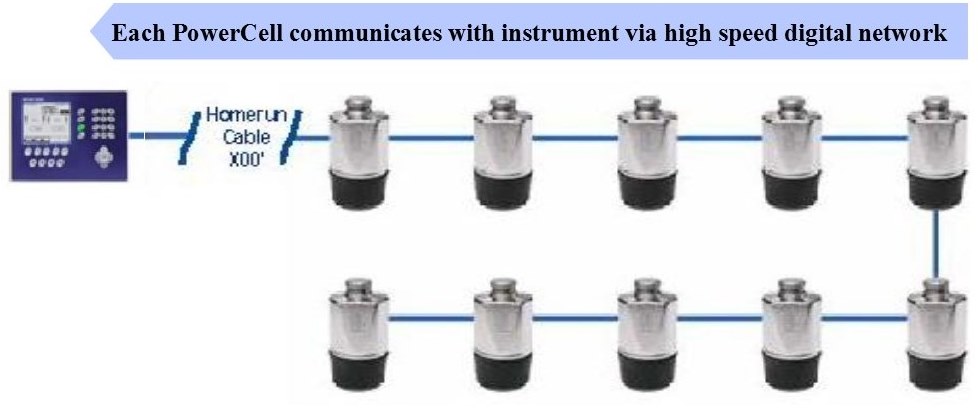
Cell-Level Diagnostics
In addition to weight data, POWERCELL PDX cells can transmit diagnostic information that helps monitor system health in real time. Each cell processes and refines its own data before sending it to the terminal, allowing for highly accurate and reliable weight readings. The POWERCELL PDX also has the ability to adapt to common issues that affect weighing accuracy such as temperature changes, nonlinearity, hysteresis, voltage fluctuations, and sensor drift. By continuously adjusting for these factors, the system delivers consistently accurate results. POWERCELL PDX Load Cells also include built-in predictive diagnostics which help detect:- Weighing errors
- Overloading
- Environmental conditions
- Network health
- Load cell voltages
- Enclosure integrity
Factory-Programmed Calibration
Another advantage made possible by digital load cell technology is the ability to store and recall factory calibration data. Unlike analog systems, where calibration must be performed manually using test weights, digital systems can automate this process using onboard memory.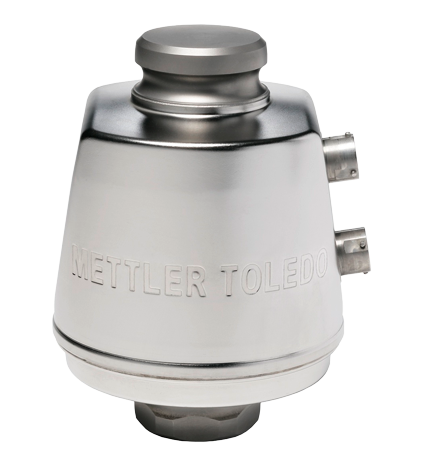 POWERCELL PDX, include a feature called CalFree. Each load cell is equipped with an onboard microprocessor that stores its calibration data during manufacturing. When the system is connected, this data is automatically transferred to the terminal, allowing the scale to be calibrated in seconds.
If a load cell is ever replaced, the system automatically reads the new cell’s calibration data, enabling quick and accurate recalibration with minimal disruption. This feature reduces downtime, simplifies maintenance, and ensures consistent accuracy across the scale system.
POWERCELL PDX, include a feature called CalFree. Each load cell is equipped with an onboard microprocessor that stores its calibration data during manufacturing. When the system is connected, this data is automatically transferred to the terminal, allowing the scale to be calibrated in seconds.
If a load cell is ever replaced, the system automatically reads the new cell’s calibration data, enabling quick and accurate recalibration with minimal disruption. This feature reduces downtime, simplifies maintenance, and ensures consistent accuracy across the scale system.
